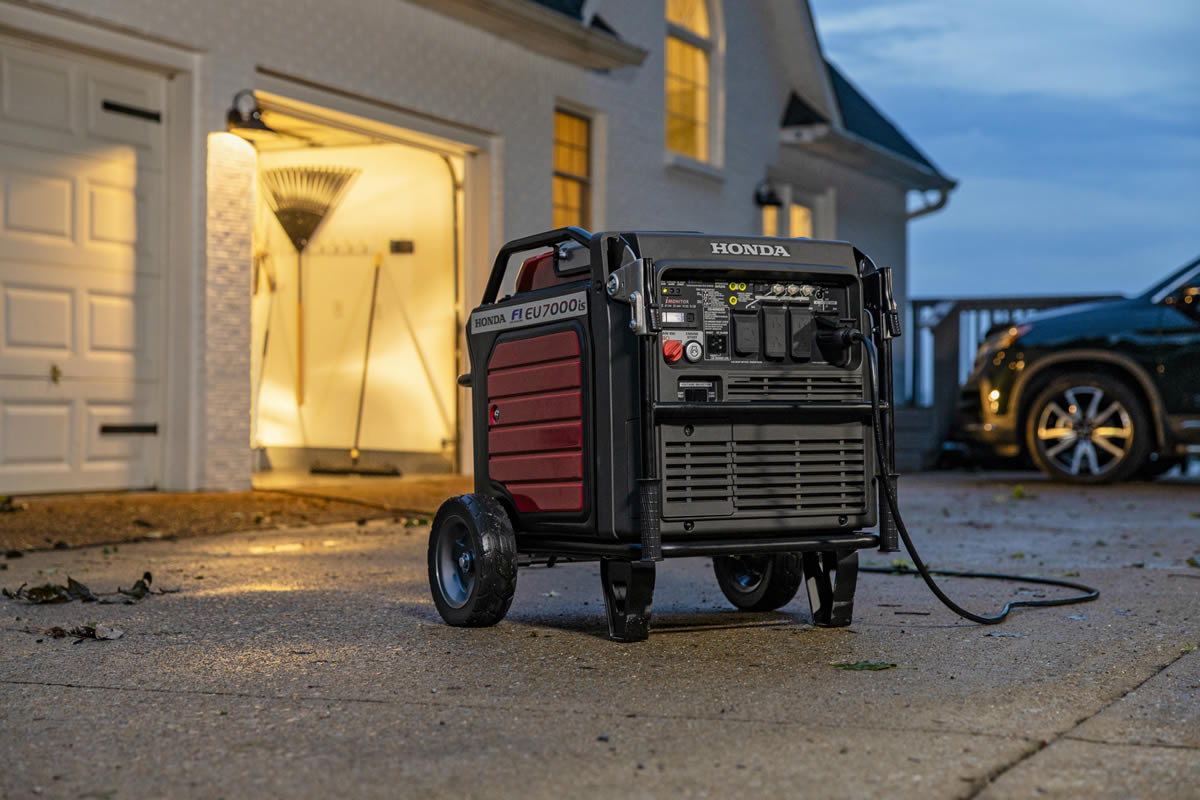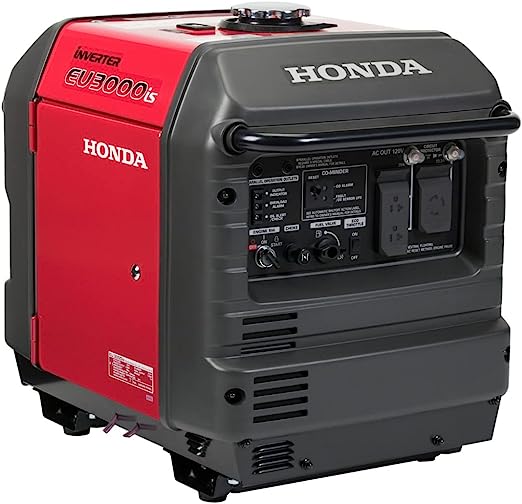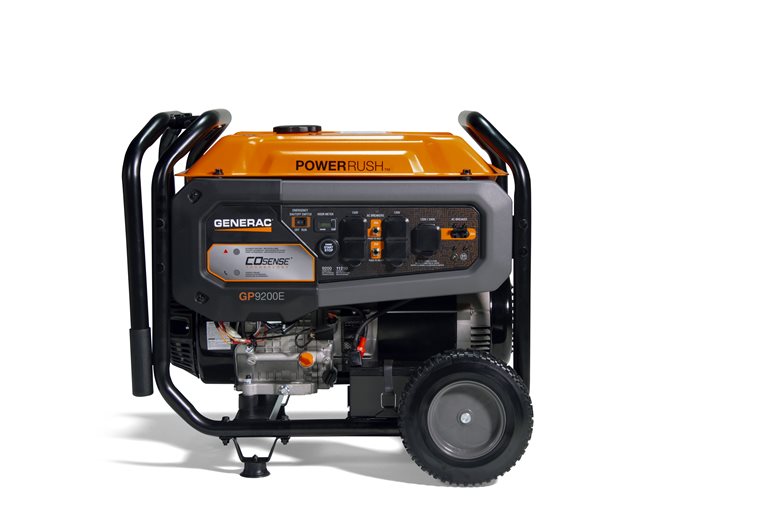Many Americans are buying portable generators to keep power on during a storm, to energize their fun at the campsite or tailgate party, and of course, for the worksite. As more people buy generators with projected growth in the industry expected to double in the next five years (given the state of the power grid, increase energy demands and subsequent outages), here at Generator Mart, we are all about safety first and want to remind folks about the best practices to avoid carbon monoxide poisoning.
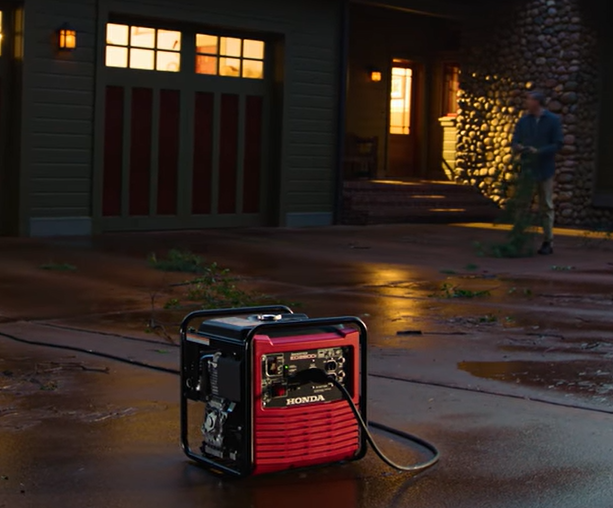
The biggest problem, a small number of consumers don’t follow basic generator operation guidelines or just don’t take the time to read warning labels or the even a manual. It kind of goes without saying, NEVER use a portable generator inside a home, garage, any other enclosed area. This safety rule applies all the time—no exceptions and doesn’t matter if the doors and windows are open when the unit is inside! Use generators outside only, and a good distance away from the home (20+ feet) and even a distance away from your camper or worksite or possible open windows!
Also, when choosing a dry location to set the unit up, avoid exposing the generator to rain, snow, puddles etc. A small weatherproof tent lid or ZombieBox is ideal. Keep in mind the location of air intakes —like air conditioners on your home or an open window as mentioned earlier. You wouldn’t leave a car running right next to an intake vent or window where carbon monoxide can then get sucked into a home or camper, so why do it with a smaller engine?
Some new generators like the mid-sized Honda EU3000is or the larger Generac GP9200E have CO-MINDER or COsense technologies. These advanced features monitor CO levels around the unit and shut the unit down and alert the user before the levels become hazardous.
Lastly, according to the Centers For Disease Control (CDC), an estimated 70 people die each year due to carbon monoxide poisoning with portable generators — overwhelmingly people had used a portable generator indoors. Anyone who drives a car or uses a generator should know the symptoms of carbon monoxide poisoning. They include headaches, dizziness, weakness, nausea, vomiting, sleepiness, and confusion. If you suspect you are starting to feel the effects of CO poisoning, get away from the area and get some fresh air immediately and call 911. Stay smart and safe.
RELATED POSTS
Proin auctor nibh vitae urna lobortis, in vulputate erat facilisis. Sed lacinia lorem eget orci finibus, et maximus nisi sagittis.
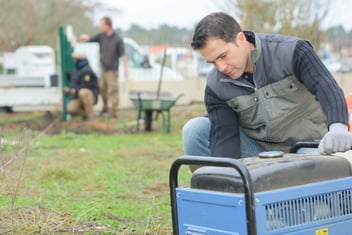
Portable Generators Outdoor Summer Activities
Summer is afoot and there are many fun activities to engage in that will required a portable generator to help ensure the good times don’t end....
Read more »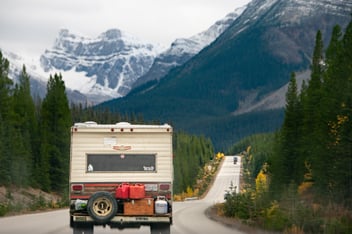
Hitting the Road in a Tiny Home or RV? Here's Why You Need a Generator
Hitting the Road in a Tiny Home or RV? Here's Why a Generator is Must
Read more »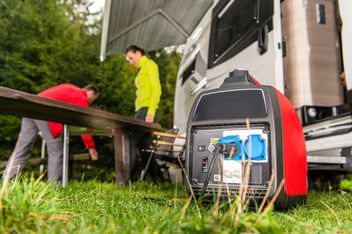
How to Select the Best Portable Generator for Your RV
RV and camping season is just around the corner. Outdoor adventure’s with friends and family brings a need to have reliable power in the form of a...
Read more »
